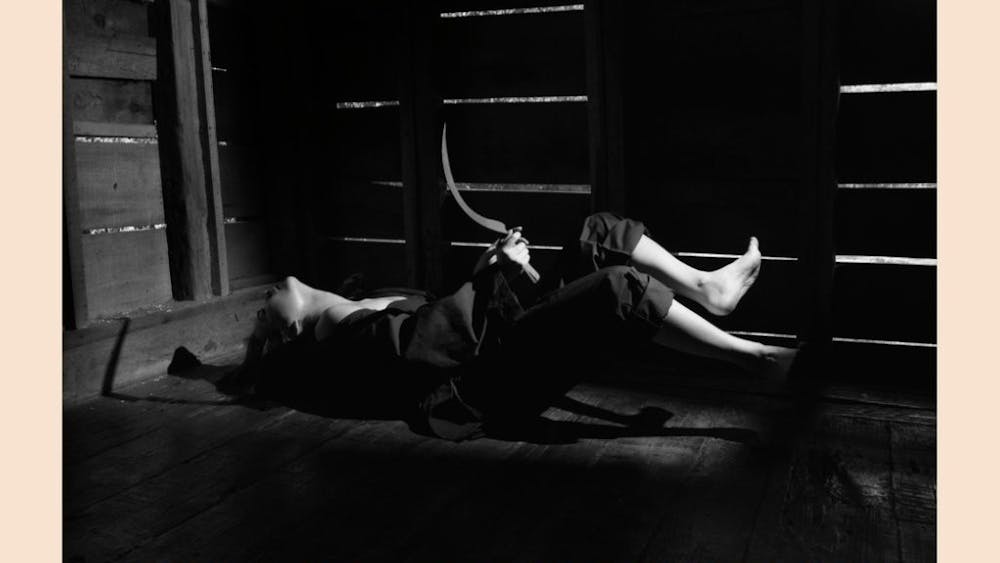As Gloria Steinem’s 80th birthday passed Tuesday, a multitude of columnists sought to take America’s temperature on gender equality and comment on the progress we have or have not made since Steinem first became active in the women’s liberation movement in the early 1960s.
Among them was Peggy Drexler, assistant professor of psychology at Weill Cornell Medical College of Cornell University and author of “Raising Boys Without Men.”
CNN published a piece of hers expressing frustration that Loyola Law School in Los Angeles recently issued a memo to students articulating very specific dos and don’ts for female fashion in the courtroom, including low-cut tops and stiletto heels.
“Your reputation in the legal community starts now!” the memo reads. “The legal community is small in L.A. and judges, lawyers who have unprofessional experiences with externs talk freely amongst themselves about the experiences. It can be embarrassing.”
Drexler expresses annoyance that the memo was directed exclusively at women, arguing the memo implies “there’s a relationship between how women look and how well they do their jobs, and that it’s OK to judge a woman on her appearance.”
In the spirit of true gender equality, let’s back this up for a moment.
It is not remotely unreasonable or unprecedented for professional organizations to require that their employees dress professionally. A standard for courtroom wear — or any workplace wear, for that matter — is not uncommon, and in fact is in everyone’s best interest. If employees are all held to the same expectations, it fosters equality both in policy and in perception.
I, personally, would be much more offended if my female colleagues were dressing skimpily at work and the issue went unaddressed. It would imply that my supervisors either enjoyed the view or simply didn’t care, two prospects that would undermine the equality effort far more than a wear-this-not-that
PowerPoint.
What gives this all an admittedly Mad Men-esque flavor is the absence of guidelines for male attire in the presentation, but I’m still on the boss’s side.
It’s pretty difficult for a guy to appear unprofessional or sexually provocative at work without ditching the suit for some tight briefs and a bowtie. Men’s fashion doesn’t possess the same capacity for variety. A suit is a suit, it covers everything and there’s not much room for error when it comes to silhouette or skin exposure.
Later in her column, Dexler illustrates the opposite consequence of her complaint that professional women are being judged by their appearances. In addition to the perception that fashionable women are professionally weaker than their male counterparts, she cites research by Daniel Hamermesh that reveals attractive women get paid more.
Admittedly, we have a prevalent double-standard about dress in the workplace, but Loyola’s memo is not to blame. A reminder that women must be cognizant of their unprofessional or provocative attire is in our best interest as a nation. It means that efforts are being made to level the playing field in yet another way.
In honor of Steinem’s birthday, let’s respect each other enough to look polished at work and wait to fight the real gender battles until we see them.
sbkissel@indiana.edu
The pantsuit problem
Get stories like this in your inbox
Subscribe





